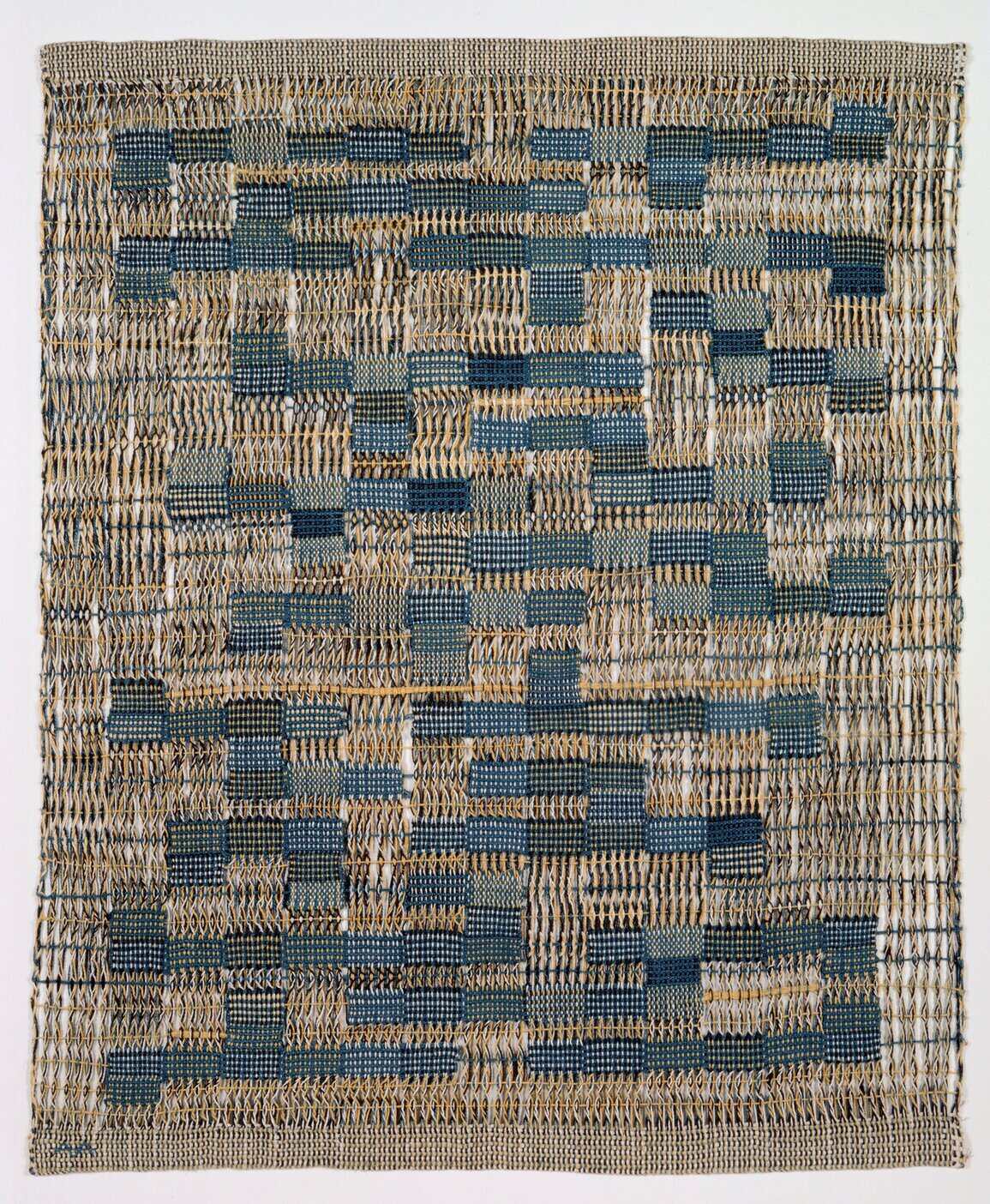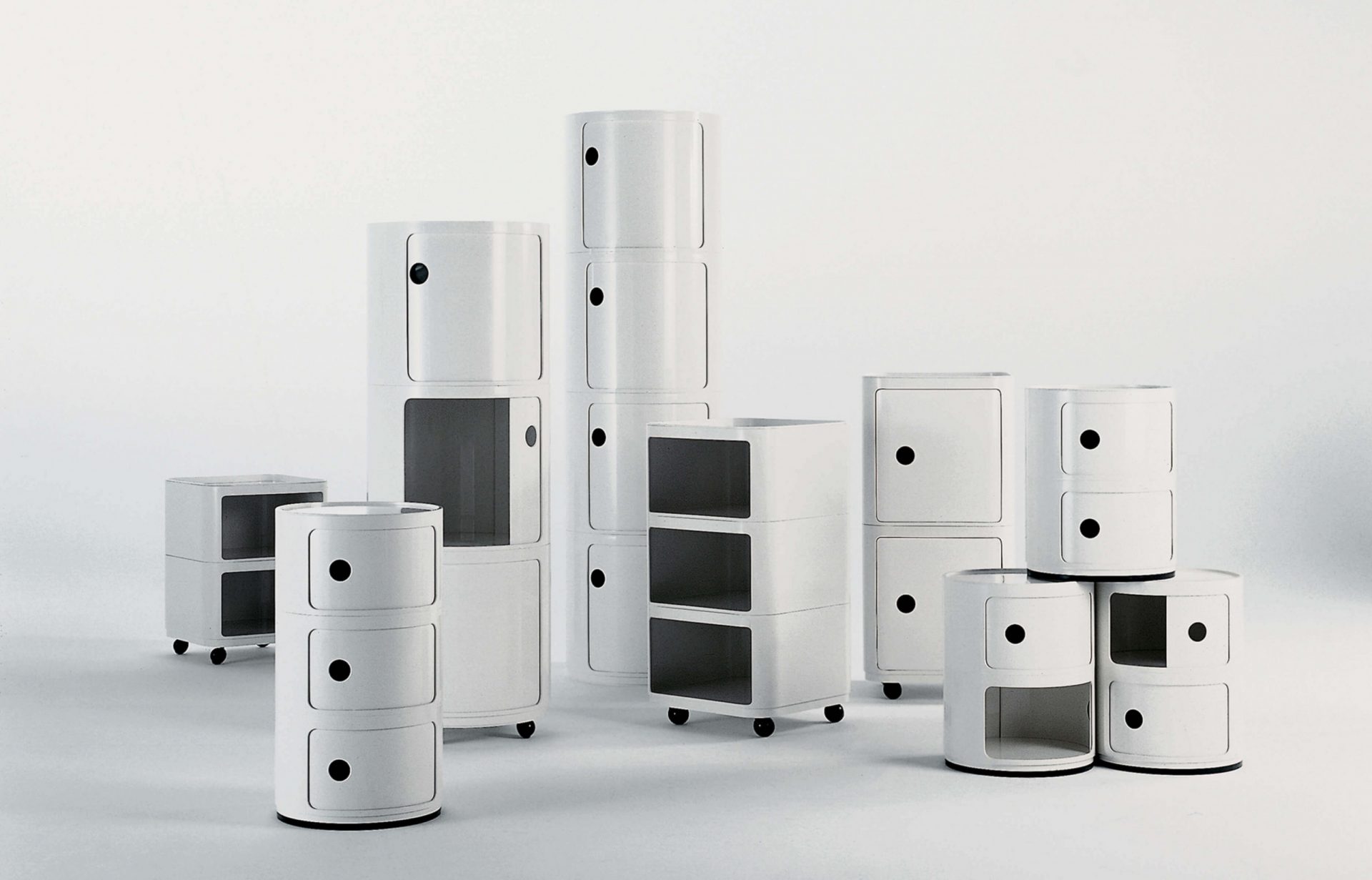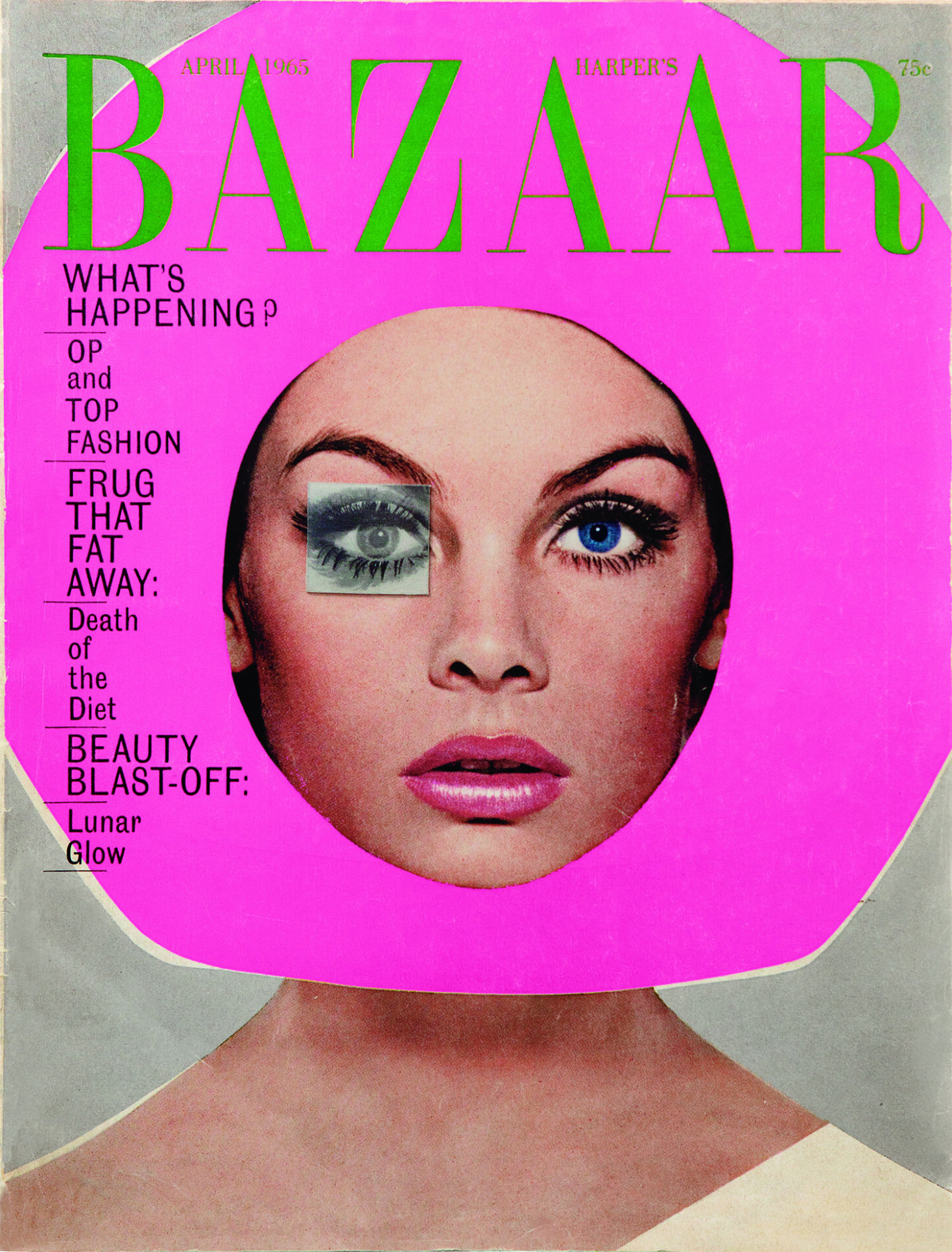15 women designers who have shaped the essence of products and spaces
Despite historical obstacles and gender biases, they persistently push boundaries and contribute their diverse backgrounds and experiences to enrich the field.

Within the design industry, women designers have played a significant, yet often underappreciated, role in shaping the essence of products, spaces, and experiences. Whether it’s fashion, interior, graphic, or industrial design, women have made indelible marks on the discipline, offering distinct viewpoints, innovation, and problem-solving prowess. Despite historical obstacles and gender biases, they persistently push boundaries and contribute their diverse backgrounds and experiences to enrich the field.
Due to this realization, following the publication of an article featuring the most successful industrial designers, both from the past and present, we recognized the stark underrepresentation of women in the field. With this in mind, and with the valuable input of Amber Asay, CEO and Creative Director Nice People (follow her on Instagram), we have chosen to dedicate a comprehensive contribution to the accomplished female figures who have left their mark on the world of product design.
Once you’ve had a chance to peruse this article, please don’t hesitate to share your comments and suggestions for any additional figure you’d like to see. We welcome your input and are enthusiastic about expanding upon this topic further. Enjoy your reading!
Women Designers – Some of the most successful names:
Eileen Gray
Gray, whose full name is Kathleen Eileen Moray Smith, was born in 1878 in Ireland. Her diverse education initially drew inspiration from the late 19th-century Art Nouveau style and gradually led her into the realm of modern architecture. Today, she is widely regarded as one of the foremost pioneers of the modernist movement.
Gray displayed a remarkable ability to traverse various disciplines, ranging from architecture to interior design, from painting to furniture creation. She had a profound impact on a variety of artistic domains, championing the concept of “art in everything,” emphasizing that significance extended beyond just architectural structures to encompass all other elements, including wardrobes, stools, carpets, and even mirrors.

Florence Knoll
Florence Knoll, originally Florence Schust (1917-2019), was both a designer and a successful entrepreneur who played a pivotal role in shaping 20th-century American design. Despite losing her parents at a young age, she displayed a remarkable passion for architecture early on.
After gaining experience working with Marcel Breuer and Walter Gropius, two prominent figures associated with the Bauhaus movement, whose influence significantly shaped her design sensibilities, Florence crossed paths with and eventually married Hans Knoll. Tragically, she became a widow at an early stage, but she persevered and emerged as the driving force behind the company, guiding it to international prominence.
Under Florence’s leadership, the Knoll Planning Unit undertook numerous high-profile office design projects for major corporations, popularizing a distinctive interpretation of modernist aesthetics in America. This approach balanced the precision of clean lines with the use of vibrant fabrics and organic forms, contributing to the enduring appeal of the modernist style in the United States.

Anni Albers
Renowned for her groundbreaking work in graphic wall hangings, weaving, and design, Anni Albers (formerly Annelise Fleischmann; 1899-1994) is celebrated as one of the preeminent abstract artists of the 20th century.
Additionally, she left an indelible mark as an influential designer, printmaker, and educator. Throughout her extensive career, she skillfully merged a profound, instinctual grasp of materials and techniques with her imaginative and visually captivating exploration of shape and color.

Ray Eames
Bernice Alexandra Kaiser Eames (formerly Kaiser; December 15, 1912 – August 21, 1988) was an accomplished American artist and designer who displayed her talents across a range of artistic mediums. In a collaborative partnership with her husband, Charles Eames, and The Eames Office, she made groundbreaking contributions to fields such as architecture, graphic design, textile design, film, and furniture.
The Eames Office is particularly renowned for its enduring furniture designs that continue to be manufactured to this day. Together, as a couple, the Eames duo is recognized as one of the most influential creative forces of the 20th century.

Nanna Ditzel
Nanna Ditzel (1923-2005) holds a prominent place among the leading female figures in the history of Scandinavian design, earning her the title of “the First Lady of Danish design.” Throughout her dynamic life, she embodied the evolving design styles of the 20th century, primarily focusing on jewelry design.
Born Nanna Hauberg, she adopted her current surname after marrying her first husband, Jørgen Ditzel (1921-1961), whom she met while both were students at the Royal Academy of Fine Arts in Copenhagen, studying under distinguished mentors like Kaare Klint and Peter Hvidt. Starting in 1946, they embarked on a collaborative journey, establishing their own studio in Hallerup.
Here, they crafted uncomplicated furniture pieces that addressed everyday practical needs, such as kitchen furniture and modular kitchen units designed for compact living spaces. During this period, she designed one of her most celebrated creations, the suspended Egg chair crafted from woven cane (now reintroduced by Sika Design) for R. Wangler.

Greta M Grossman
Greta Magnusson Grossman, a Swedish architect, furniture designer, and interior designer, played a pioneering role as one of the early women who left a lasting impact on the world of modern design during the mid-20th century. Born in Helsingborg in 1906, she successfully completed her education at Stockholm’s Konstfack School of Arts before venturing into her first shop and workshop, aptly named “Studio,” in 1933.
Greta‘s creative journey also led to collaborations with renowned artists such as Charles Eames and Isamu Noguchi. She is perhaps best known for her industrial designs, notably the enduring Gräshoppa floor lamp and the timeless Cobra table lamp, both still available in the market.

Anna Castelli Ferrieri
Anna Castelli Ferrieri was born in Milan into a family with a strong presence in the cultural sphere. Her father, Enzo Ferrieri, was an intellectual, publisher, and the founder of the Convegno magazine. Influenced by the progressive ideas of the Bauhaus movement, Anna embarked on her architectural studies at the Politecnico di Milano in 1938, where she absorbed a rationalist approach that would become the cornerstone of her own design practice, founded in 1946.
Among her notable achievements are the restoration and reconstruction of historic buildings, including the Chiostro del Bramante in Milan and Palazzo Benci in Florence. From 1966 onward, she collaborated with Kartell, a company established by her husband in 1949. Through this partnership, she designed the award-winning stackable chair 4870.

Clara Porset
Clara Porset (May 25, 1895), was a renowned furniture and interior designer who spent a significant portion of her professional life in Mexico, where she is celebrated as a pioneering figure in furniture design. Coming from a privileged Cuban background, Porset had the opportunity to explore various cultural and political influences through her extensive travels.
She initially pursued her education in New York from 1911 to 1914 and gained technical knowledge in architecture and design in her homeland of Cuba. In 1925, Porset returned to New York City to further her studies in art, architecture, and design, attending prestigious institutions such as Columbia University’s School of Fine Arts and the New York School of Interior Design.
During the late 1920s, Porset embarked on a journey to Europe, where she had the privilege of meeting prominent Bauhaus educators like Walter Gropius and Hans Emil “Hannes” Meyer, maintaining enduring connections with them.

Evelyn Ackerman
Evelyn Ackerman (1924-2012) was a highly productive designer with proficiency across various mediums, although she is primarily celebrated for her exceptional tapestry creations. Alongside her husband, Jerome, she was a prolific designer, contributing significantly to ceramics, wood carvings, and more.
Together, they left an indelible mark on the landscape of midcentury modernism and the design scene in California. Evelyn’s tapestries have earned a place in the permanent collection of the Smithsonian American Art Museum.

Maija Isola
Maija Sofia Isola, born on March 15, 1927, was a Finnish design luminary known for her incredible legacy of over 500 patterns, including the iconic “Unikko” or “Poppy” pattern. Her bold and vivid prints, created during her tenure as Marimekko’s head designer, catapulted the Finnish company to global fame in the 1960s. Beyond her textile design career, she also enjoyed a successful journey as a visual artist.
Isola’s artistic reach extended far and wide, with exhibitions of her work gracing venues across Europe, including notable appearances at the Brussels World Fair and the Milan Triennale, as well as in the United States. Her enduring influence continues today, as products adorned with her distinctive prints are still available through Marimekko.

Lella Vignelli
Lella Vignelli, originally named Elena Valle, was an accomplished Italian architect, designer, and businesswoman. She enjoyed a lifelong collaboration with her husband, Massimo Vignelli, and together they established Vignelli Associates in 1971.
Lella Vignelli was celebrated for her architectural and industrial design work, characterized by a “spare, elegant style.” In addition to her design talents, she was admired for her managerial acumen and entrepreneurial prowess.

Susan Kare
Susan Kare, born on February 5, 1954, is an American artist and graphic designer renowned for her contributions to the interface elements and typefaces of the original Apple Macintosh personal computer between 1983 and 1986. She held the position of employee #10 and served as the Creative Director at NeXT, the company founded by Steve Jobs after his departure from Apple in 1985.
Kare’s design expertise extended beyond Apple, as she worked as a design consultant for notable entities such as Microsoft, IBM, Sony Pictures, Facebook, and Pinterest. As of 2023, she was affiliated with Niantic Labs. Recognized as a trailblazer in pixel art and graphical computer interfaces, Susan Kare holds a distinguished place as one of the most influential designers in the realm of modern technology.

Bea Feitler
Bea Feitler, born in 1938, graduated from Parsons School of Design in 1959, earning a degree in Graphic Arts and Advertising. Subsequently, she embarked on a distinguished career as a designer, contributing her talents to various mediums, including books, magazines, and posters.
Her remarkable journey saw her hold pivotal roles such as the art director for Harper’s Bazaar and Ms. magazines, a consulting art director for Condé Nast, and a designer for Rolling Stone magazine. Notably, Bea Feitler made history as the first art director to prominently feature a black model in a major fashion magazine, breaking important ground in the industry. Furthermore, she played a crucial role in the relaunch of Vanity Fair in the early 1980s, leaving an indelible mark on the magazine’s visual identity and success.

Jaqueline Casey
Jacqueline Casey (1927–1992) is renowned as a graphic designer primarily recognized for her iconic posters produced for the Massachusetts Institute of Technology (MIT). Her work was notably shaped by the influence of Swiss designers Karl Gerstner and Josef Müller-Brockmann, positioning Casey as a leading advocate of the International Style within the United States.
She had a penchant for crafting visually striking and elemental imagery, utilizing letterforms ingeniously to transform her creations into powerful messages. In her own words, her mission was to captivate viewers with arresting or thought-provoking visuals, compelling them to engage with the smaller text and, most importantly, attend the exhibitions she promoted.

Tomoko Miho
Tomoko Miho, originally named Tomoko Kawakami, gained recognition as an American designer with Japanese heritage, particularly celebrated for her influential posters influenced by the Swiss International Style.
Her notable expertise lay in comprehending the intricate relationship between space and objects. Tomoko Miho’s design philosophy was deeply rooted in the concept of Shakkei, which translates to “borrowed scenery.” This technique, originating from Chinese and Japanese landscape gardens, involves integrating external landscape elements into the garden’s composition.

Tomoko Miho didn’t aim to replicate the beauty she encountered but rather to seamlessly incorporate that original beauty into her designs, a principle she meticulously applied to every aspect of her graphic work.










